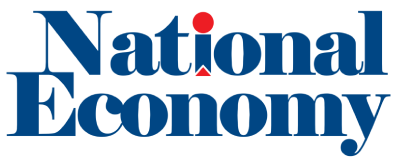Nigeria’s leather industry represents one of the most promising yet underexploited sectors in the country’s quest for economic diversification. With a long-standing tradition of leather production and a reputation for high-quality hides and skins, Nigeria has the raw potential to become a global leader in leather goods manufacturing. However, despite being one of Africa’s top producers, the industry remains dominated by the export of unprocessed or semi-processed materials, leaving significant value on the table.
The global leather market continues to grow, driven by demand in fashion, automotive, and furniture industries. Nigeria is well-positioned geographically and economically to tap into this expanding market. Yet, the country fails to capture the full value chain, as most of its leather is exported without significant value addition. This not only limits export revenues but also stifles job creation and industrial growth. The real economic gains lie not in exporting raw leather, but in transforming it into finished goods such as shoes, bags, belts, jackets, that can command higher prices and create employment across the supply chain.
To shift the industry’s trajectory, Nigeria must prioritise domestic manufacturing. Developing modern tanning facilities, supporting local footwear and leather goods producers, and encouraging innovation in design and craftsmanship are essential. Such efforts require both public and private investment, but the long-term payoff in economic development and foreign exchange earnings would be substantial. Creating a favourable environment for entrepreneurs in the sector—through access to credit, reliable infrastructure, and streamlined regulations can unlock new levels of productivity and competitiveness.
Equally important is the need to improve quality standards and branding. Nigerian leather, particularly goatskin from the northern regions, is known internationally for its softness and durability. However, inconsistent processing methods and lack of certification have limited the country’s ability to build a strong global brand. By investing in training, standardisation, and marketing, Nigeria can reposition its leather industry to appeal to premium markets in Europe, Asia, and North America. Leveraging regional trade opportunities, especially under the African Continental Free Trade Area, can also help expand the reach of Nigerian leather products across the continent.
Harnessing the economic power of the leather industry also means creating linkages with other sectors. Agriculture, transport, fashion, and education all stand to benefit from a vibrant leather economy. From farmers raising livestock to designers creating export-ready collections, a well-integrated value chain can stimulate inclusive growth and reduce dependence on oil revenues.
The potential is evident, and the path forward is clear. Nigeria’s leather industry can serve as a powerful engine of economic transformation if properly harnessed. What it needs now is the political will, strategic investment, and sustained commitment to turn raw potential into real prosperity.





